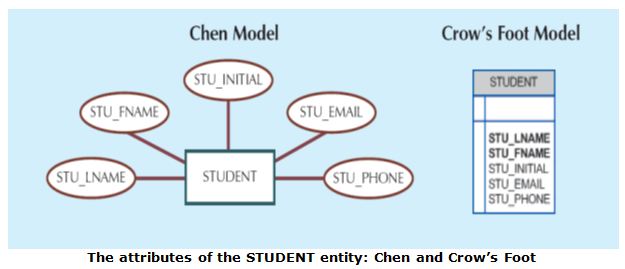Different Integrity Rules in Relational Model:
Relational database integrity rules are very important to good database design. Many (but by no means all) RDBMSs enforce integrity rules automatically. However, it is much safer to make sure that your application design conforms to the entity and referential integrity rules.
Those rules are summarized as follows
Entity Integrity:
Requirement: All primary key entries are unique, and no part of a primary key may be null.
Purpose: Each row will have a unique identity, and foreign key values can properly reference primary key values.
Example: No invoice can have a duplicate number, nor can it be null. In short, all invoices are uniquely identified by their invoice number.




